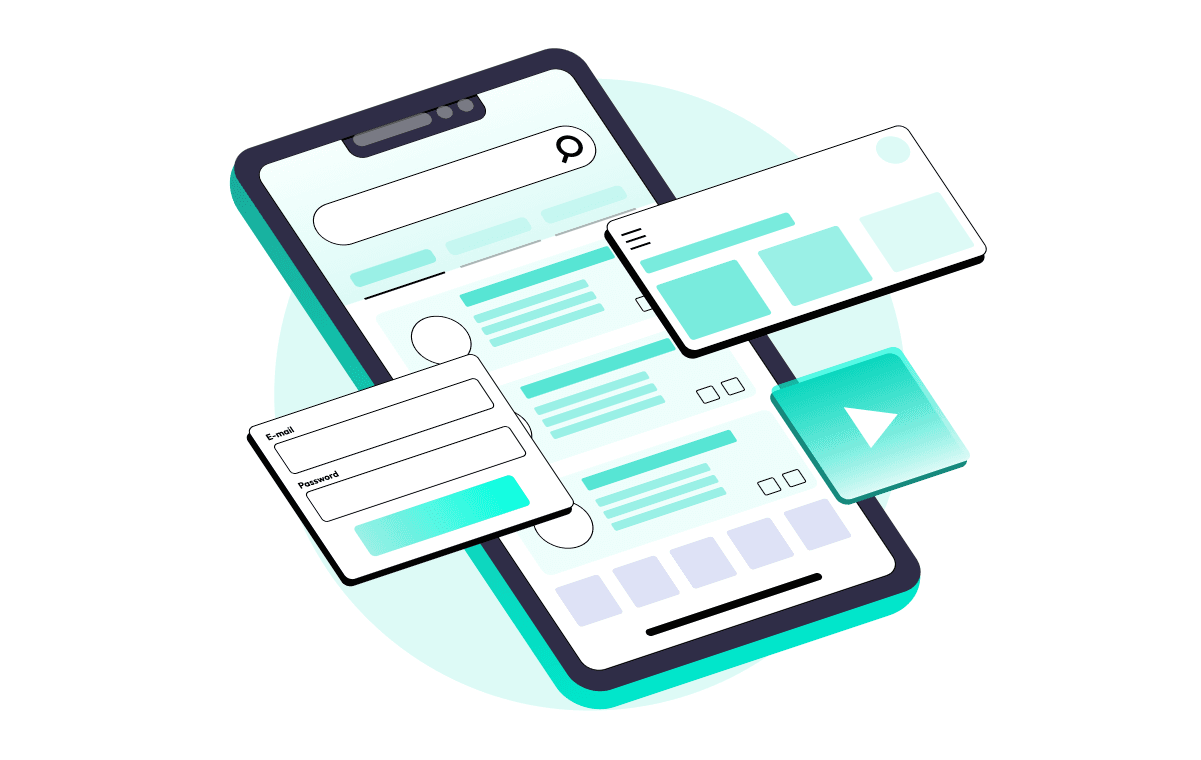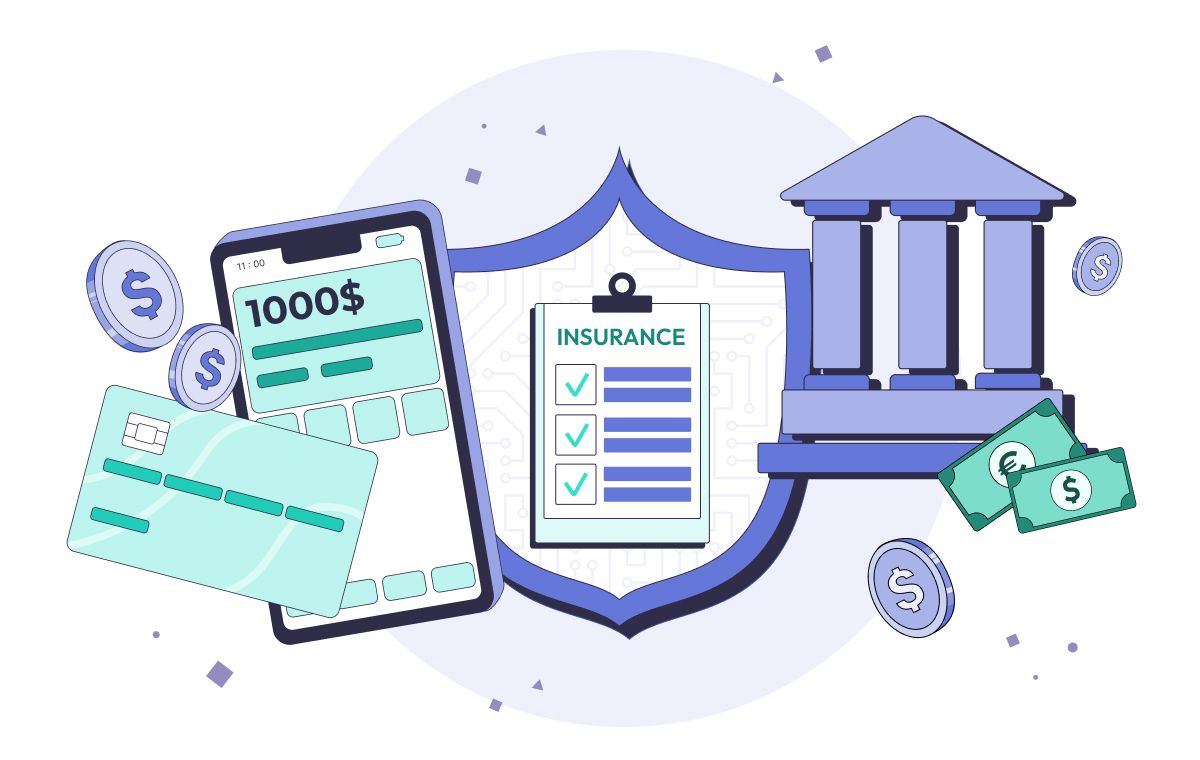Updated Aug 15, 2025 11 min read
The Role of QA in SDLC: Understanding Its Importance
Think QA is just about catching bugs? Please, think again. This article reveals how QA impacts every stage of the Software Development Life Cycle, from planning to maintenance, helping you save time, money, and avoid unnecessary headaches.

Quality Assurance (QA) plays a critical role in ensuring that software products meet expected standards of quality, functionality, and reliability. The importance of quality assurance in SDLC is highlighted by a key fact: the global QA market is projected to reach $109.5 billion by 2027, with companies now allocating 40% of their development budgets to quality assurance. This surge in investment is indicative of a critical fact: failing to oversee quality assurance (QA) can result in significant financial losses. Studies show that fixing bugs post-release can cost up to 100 times more than addressing them during the planning stage. But what exactly is QA, and why quality assurance is important in SDLC?
In this article, we will explore the role of QA at each stage of the SDLC, and why a systematic approach to quality assurance not only helps avoid errors but also enhances team efficiency, reduces defect correction costs, and ultimately ensures that users are truly satisfied with the product.
What Is Quality Assurance (QA)?
Quality Assurance (QA) is a systematic approach to ensuring that products or services meet predefined quality standards. In software development, QA involves planning, monitoring, and improving processes to prevent defects, ensuring the final product functions correctly and satisfies user requirements.
By focusing on prevention rather than reaction, QA is essential for maintaining consistency, improving product quality, and minimising potential issues down the line. QA analyst vs. QA engineer. Unsure who you need? Please read our article to understand the difference between these roles, their responsibilities, and who is the right fit to ensure the success of your product.
QA vs QC vs Tester: What's the Difference?

Quality Assurance (QA), Quality Control (QC), and the role of a tester are often misunderstood or used interchangeably, but each plays a distinct part in delivering high-quality software. While QC is a part of QA, the responsibilities, goals, and approaches of each differ.

To sum up, QA ensures that we "do things right" and that the final result is "done right." While QC only ensures that the final result is "done right." Is your testing process stuck in a rut? Please read our article on QA process improvement to discover how to enhance testing efficiency, reduce costs, and avoid repetitive mistakes.
What Is the Software Development Life Cycle (SDLC)?
The Software Development Life Cycle (SDLC) is a structured process that defines the stages of software development from start to finish. Its goal is to produce high-quality software that meets or exceeds customer expectations while staying within time and budget constraints.
Although the number of phases may vary—typically six to eight—the core principles remain the same. Depending on the project scope, project managers may combine, expand, or skip steps, but the logic behind the cycle stays consistent. Like anything else in life, software goes through a lifecycle—it grows, evolves, and improves. Here are the phases of a typical SDLC.

1. Planning
Planning is the most critical phase. It lays the foundation for the entire project. It is where teams determine:
- What exactly needs to be developed?
- Which problems will the system solve?
- What does the user need it to fulfil?
- What goals and resources (personnel, budget, tools) are required?
- What alternative solutions exist, based on discussions with stakeholders, clients, and suppliers?
Based on this analysis, there are usually three options: build a new system, improve the existing one, or leave things as they are. Strong communication with the client is essential at this stage to ensure alignment and set realistic expectations.
2. Analysis
This stage focuses on identifying and documenting user requirements—what users expect from the system and how to fulfil those expectations. It also involves a feasibility study to determine whether the project is viable from organisational, technical, financial, and social perspectives. Clear communication with stakeholders is vital to ensure everyone shares the same vision for the final product. After all, different people have different perspectives; it's crucial to find common ground.
3. Design
Once requirements are clearly understood, the team moves on to design. This phase outlines the system architecture, components, security layers, modules, interfaces, and the data the system will handle. Design can begin with rough sketches on paper and evolve into detailed technical blueprints. It includes both logical (functional) and physical (technical) specifications. The goal is to define how the system will look and work.
4. Development
With the design finalised, development begins. It is the phase where code is written and the system takes shape. Implementation may also involve configuring the system to meet specific client needs and features. At the end of this phase, the system is ready for installation in a live environment. Depending on its complexity, this might involve staff training to help end-users become familiar with the product.
5. Testing and Integration
Here, various modules and components are integrated into a complete system. Inputs are tested, outputs are analysed, and system behaviour is evaluated to ensure everything works as expected. Testing becomes especially important for ensuring customer satisfaction. Interestingly, this phase doesn't require in-depth knowledge of code, hardware, or design. It may involve real users or a dedicated testing team and can be manual or automated. The goal is to verify that the system's performance matches expectations.
6. Deployment
Once testing is complete and the system meets all requirements, it's time to deploy it to the production environment. This phase includes installation, configuration, data migration (if necessary), and making the system available to end users. Deployment can happen all at once (big bang) or in stages (phased rollout), depending on the project's size and complexity. In many cases, this stage also involves preparing support materials, such as user guides, tutorials, and onboarding sessions, to help users adapt smoothly. Close monitoring during the initial launch is crucial to address any unexpected issues quickly. A well-planned deployment ensures a smooth transition from development to daily operations.
7. Maintenance
Maintenance ensures that the system continues to perform over time.
This includes:
• Replacing outdated hardware.
• Monitoring and improving system performance.
• Applying updates to stay aligned with the latest technologies and security standards.
Maintenance is an ongoing cycle that applies to every project, even long after deployment.
These are the six main stages of the system development life cycle, and they are repeated for every project. Quality Assurance consulting services (QA) — the expertise your team might be missing. You don’t need to hire a whole QA department to get outstanding results. Our consulting team can help you build your QA process from scratch or improve the one you already have.
The Role of QA in SDLC: Involvement at Every Stage
QA is involved at every stage of the software development life cycle. Let’s go through each phase of the SDLC and explore the QA’s role at every step. Need top-tier QA talent on your team? Hire QA engineer from Luxe Quality. Our experts bring hands-on experience in manual and automated testing, deep domain knowledge, and a proactive mindset for spotting hidden defects before they impact your users.
Stage 1: Planning
QA’s role:
- Joins early team meetings to understand the product vision.
- Helps clarify the scope and ask the right questions to avoid gaps later.
- Educates stakeholders on the role of QA and its value.
- Begins drafting a high-level Test Plan.
- Notes early risk areas or potential problem zones based on discussions and initial sketches.
- Helps define quality goals for the project — not just "it should work", but "it should be fast, intuitive, secure, etc."
Stage 2: Analysis
QA’s role:
- Collaborates closely with BAs to review and validate requirements.
- Starts identifying inconsistencies, contradictions, or vague statements.
- Based on project agreements, can log requirement-related bugs or leave comments directly for analysts.
- Begins preparing test scenarios or checklists, depending on the level of detail in the requirements.
- Refines the Test Plan drafted in the planning phase.
- Flags potential testing challenges early (e.g., complex formulas, data dependencies).
Stage 3: Design
QA’s role:
- Reviews mockups, wireframes, and design documents.
- Validates design consistency, usability, and alignment with requirements.
- Highlights design issues early, such as mislabeled buttons, inconsistent navigation, and accessibility gaps.
- Leaves comments for designers or logs design defects based on the project policy.
- Prepares UI test checklists, outlining areas that need more focused attention during testing.
- Starts mapping functionality to visual elements, which helps identify test areas and future edge cases.
Stage 4: Development
QA’s role:
- Starts early testing of individual components as soon as they are ready.
- Keeps updating the test documentation, adding edge cases and adjusting it based on implementation changes.
- Tracks whether the implementation aligns with requirements and design.
- Collaborates with developers to clarify any ambiguities or unexpected behaviours.
- Prepares the test environment and data for functional testing.
Stage 5: Testing
QA’s role:
- Executes test cases, logs bugs, retests, and verifies fixes.
- Conducts regression testing to make sure new changes don’t break existing features.
- Validates UI/UX, performance, security, and integration points.
- Collaborates closely with developers and project managers to prioritise and resolve critical issues quickly.
- Helps track test coverage and release readiness metrics.
- Communicates openly about risks and blockers, using bug reports and daily syncs.
Stage 6: Deployment
QA’s role:
- Supports release testing, often in production-like environments.
- Runs smoke tests or sanity checks right after deployment.
- Ensures data is intact, users can log in, and key flows work post-release.
- May help verify rollback procedures or participate in release rehearsals.
- Document any known issues or limitations for the release notes.
Stage 7: Maintenance
QA’s role:
- Validates hotfixes and minor releases.
- Monitors bugs or incidents reported by real users.
- Participates in root cause analysis when issues arise post-launch.
- Continuously improves test cases and strategies based on feedback.
- Ensures new features don’t break existing functionality (regression testing again).
Conclusion
QA plays an integral role throughout the SDLC, ensuring that every stage, from planning to maintenance, delivers a high-quality, reliable, and user-friendly product. By proactively addressing potential issues early in the process, QA not only improves product quality but also boosts team efficiency, reduces costs, and enhances overall user satisfaction. Integrating QA across all SDLC stages ensures that the final product aligns with expectations, minimises defects, and achieves long-term success.
Let Luxe Quality do the heavy lifting for you. Tell us about your project, and we'll gladly help you.
Comments
There are no comments yet. Be the first one to share your opinion!
For 8 years, we have helped more than 200+ companies to create a really high-quality product for the needs of customers.
- Quick Start
- Free Trial
- Top-Notch Technologies
- Hire One - Get A Full Team
Was this article helpful to you?
Looking for reliable Software Testing company?
Let's make a quality product! Tell us about your project, and we will prepare an individual solution.
FAQ
QA focuses on improving processes to prevent defects, while QC focuses on identifying defects in the final product.
QA ensures quality is maintained at every phase, preventing defects early and reducing the costs of fixing bugs post-release.
By ensuring the product meets functionality, usability, and performance standards, QA helps deliver a product that aligns with user expectations.
QA should begin early in the SDLC, during the planning and analysis stages, to identify risks and define quality goals.
QA supports release testing, monitors bugs, and ensures ongoing product quality through hotfixes, minor releases, and regression testing.




